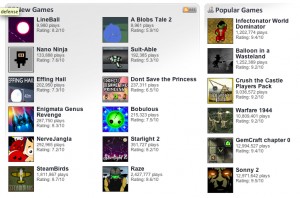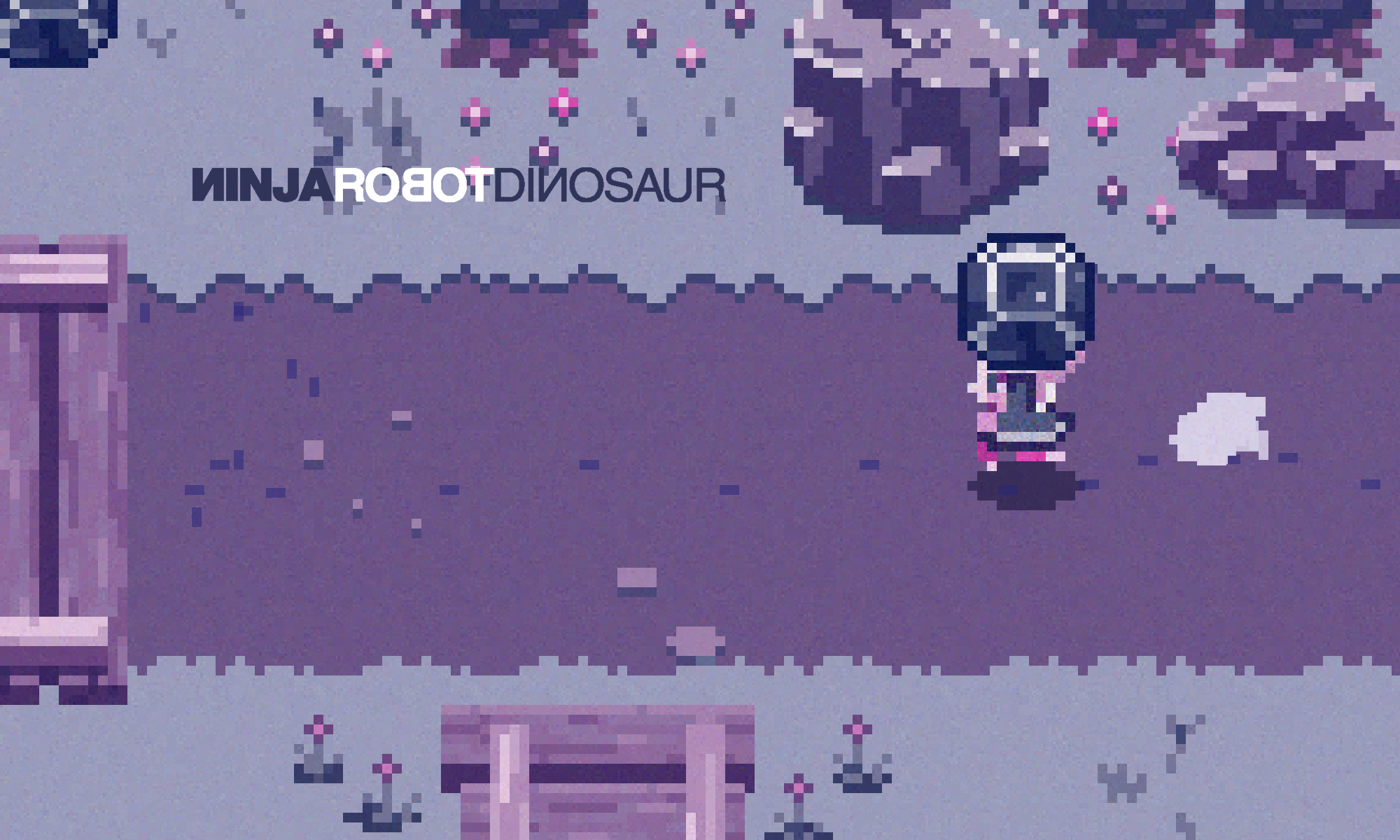The decision to leave a job running a video game studio to go out on my own and make Flash games has caused a lot of my friends and peers to shake their heads.
A lot of people just don’t get it.
Flash Tactics is a series of blog posts outlining why I believe that Flash is not only a great game platform, but how I believe developers can find success on a platform that is dismissed by so many developers.
Flash Tactics Part 1: The Most Accessible Gaming Platform in the World.
For me, it’s as simple as this – no other gaming platform in the world has the install base, accessibility and reach that Flash has.
As a developer, my goal has always been to get my games in front of as many people as possible. With this goal in mind, Flash became the only real option when I decided to go out on my own.
The Flash Player install base is huge – in most markets, it’s north of 98%, meaning that for almost every player there are no barriers preventing them from playing your game. They simply have to go to a webpage and play the game.
No trips to a store, no logging in, no credit cards, no download or installs – just go to a site and play.
This sort of access is unheard of on all other platforms and it multiplies your audience by a tremendous margin.
Consider that a ‘hit’ PC game will sell 1 million units in the first year of release, before it’s removed from the shelves. Through the long tail of digital download services like Steam and D2D, you can probably tack on another 500K units sold at extreme discounts through the lifetime of the game. In addition, it’ll probably be pirated an additional 2 million times. So if you make a hit PC game, you’ll hit 3-4 million people. Not bad.
Compare that to a good Flash game, which can get 1 Million plays in its first week. A hit Flash game can get close to 1 million plays/day. It’s not unheard of for a hit Flash game to have 50-80 Million plays in a year. And these numbers don’t fade in the way that traditional games do.
A twitter search for ‘Flash Game’ will reveal mentions of ‘classic’ flash games like Desktop Tower Defense and Fancy Pants Adventures alongside 2009 hits like Canabalt and Crush the Castle. People are still discovering these games for the first time and they are sharing them with their friends.
When most games have faded from peoples memories and sales dwindle, Flash games are still out there, building an audience for your game.
Flash is free, Flash is everywhere and new people are discovering Flash games every day.
As a game developer, this is simply too tempting an audience to pass up, and that’s why I chose Flash.
In upcoming Flash Tactics posts I will answer the second most common question I get: “How do you make money giving your game away for free?” (and I’ll try not to quote Chris Anderson’s book on the subject too much…)
Other Flash Tactics Posts:
Flash Tactics #2: Making Money From a Free Flash Game


